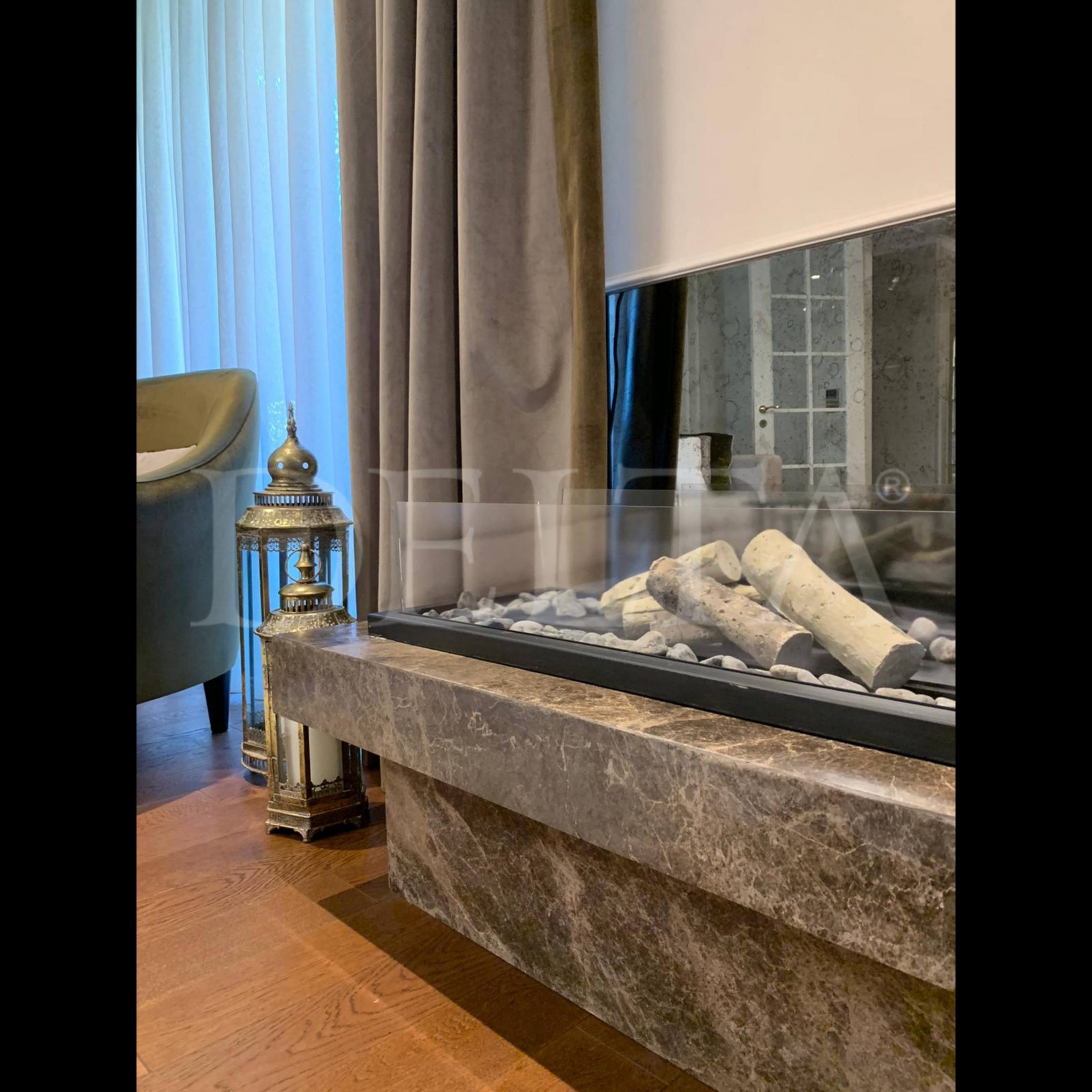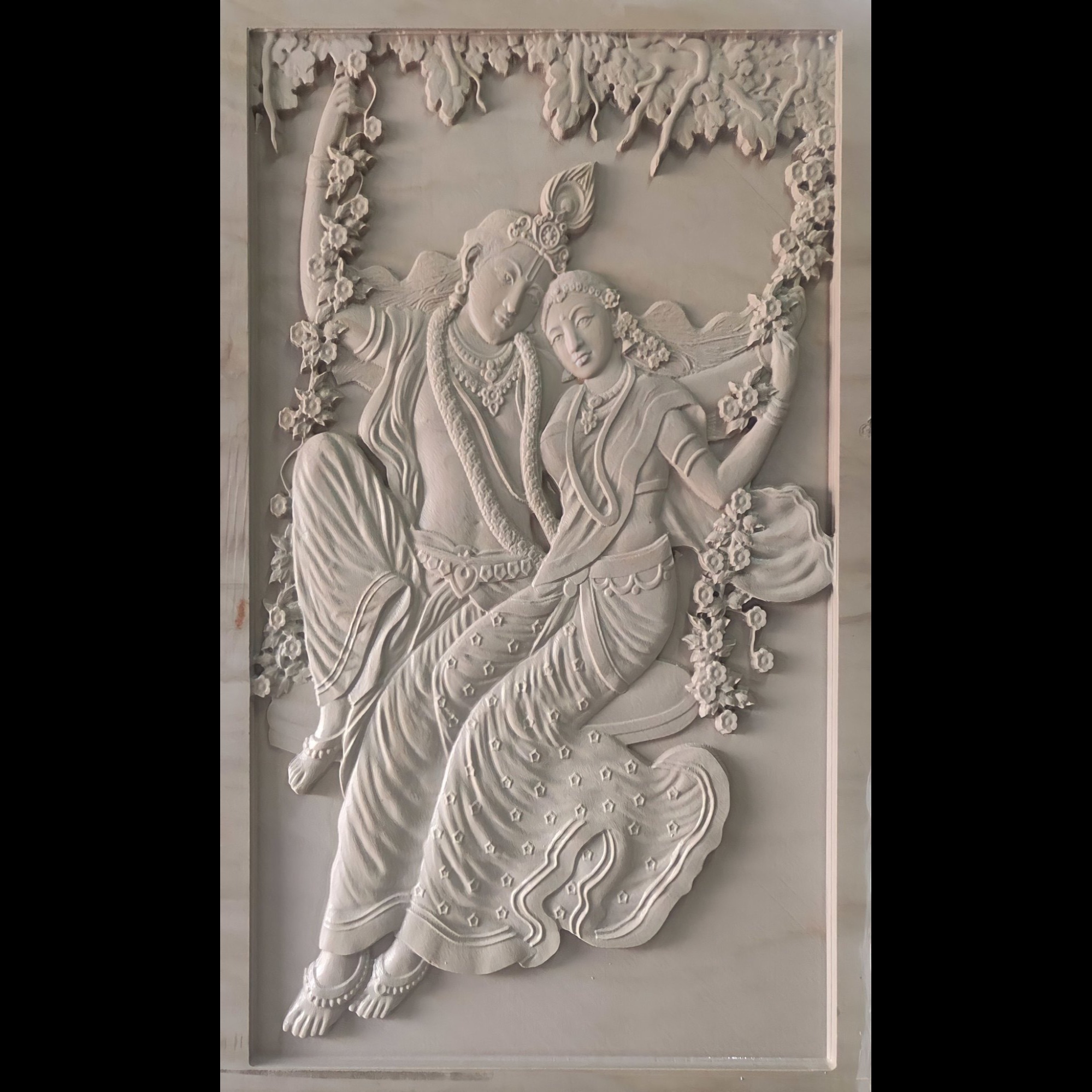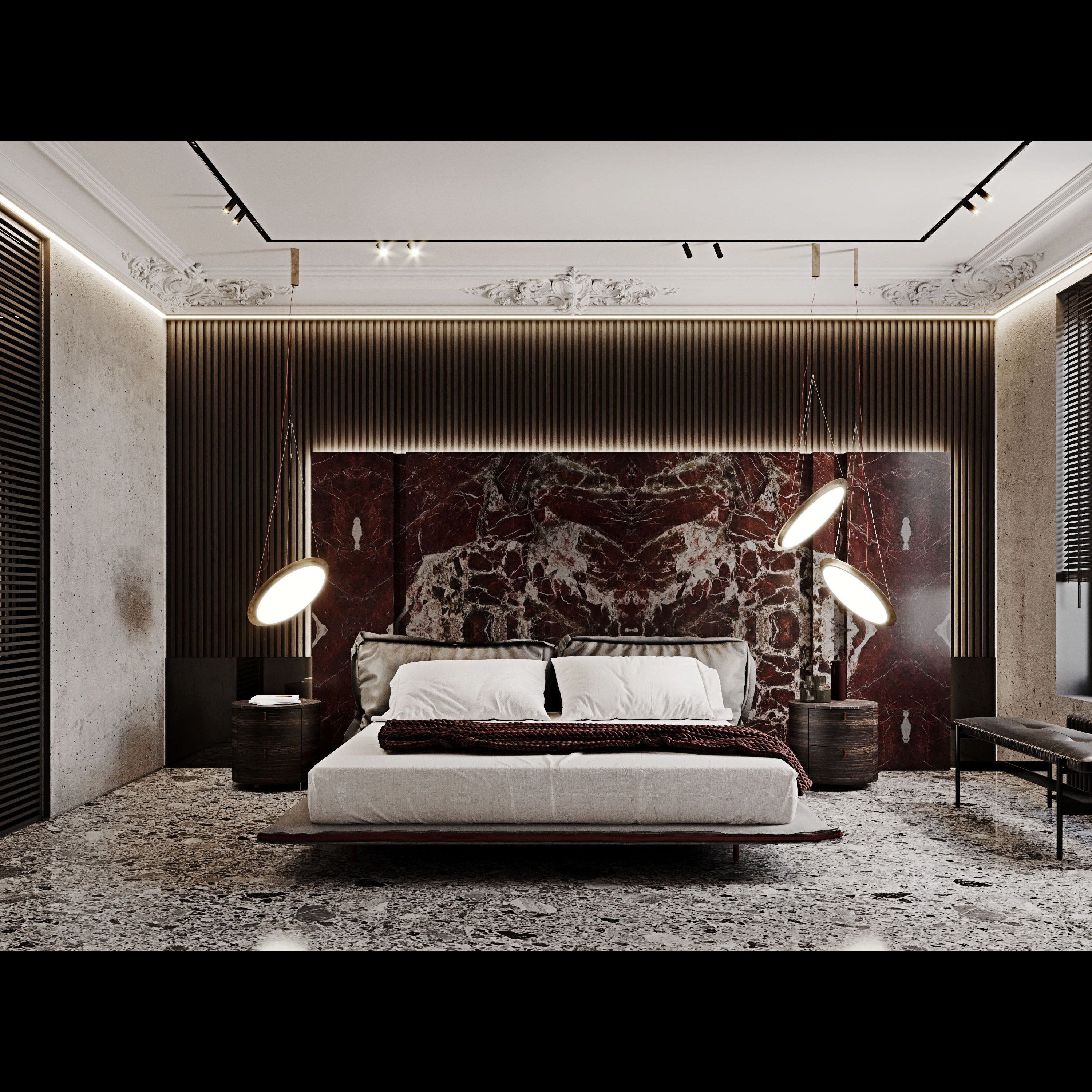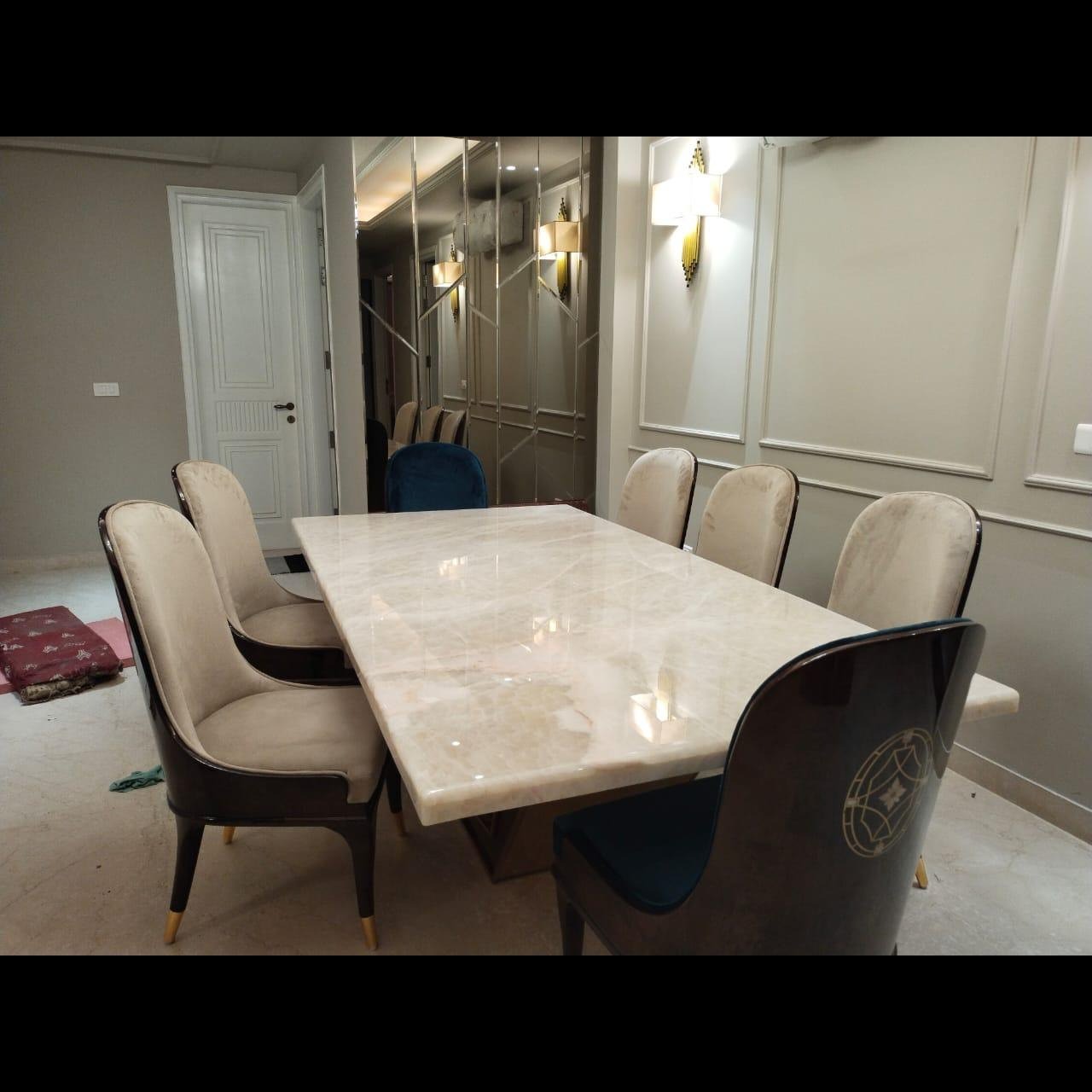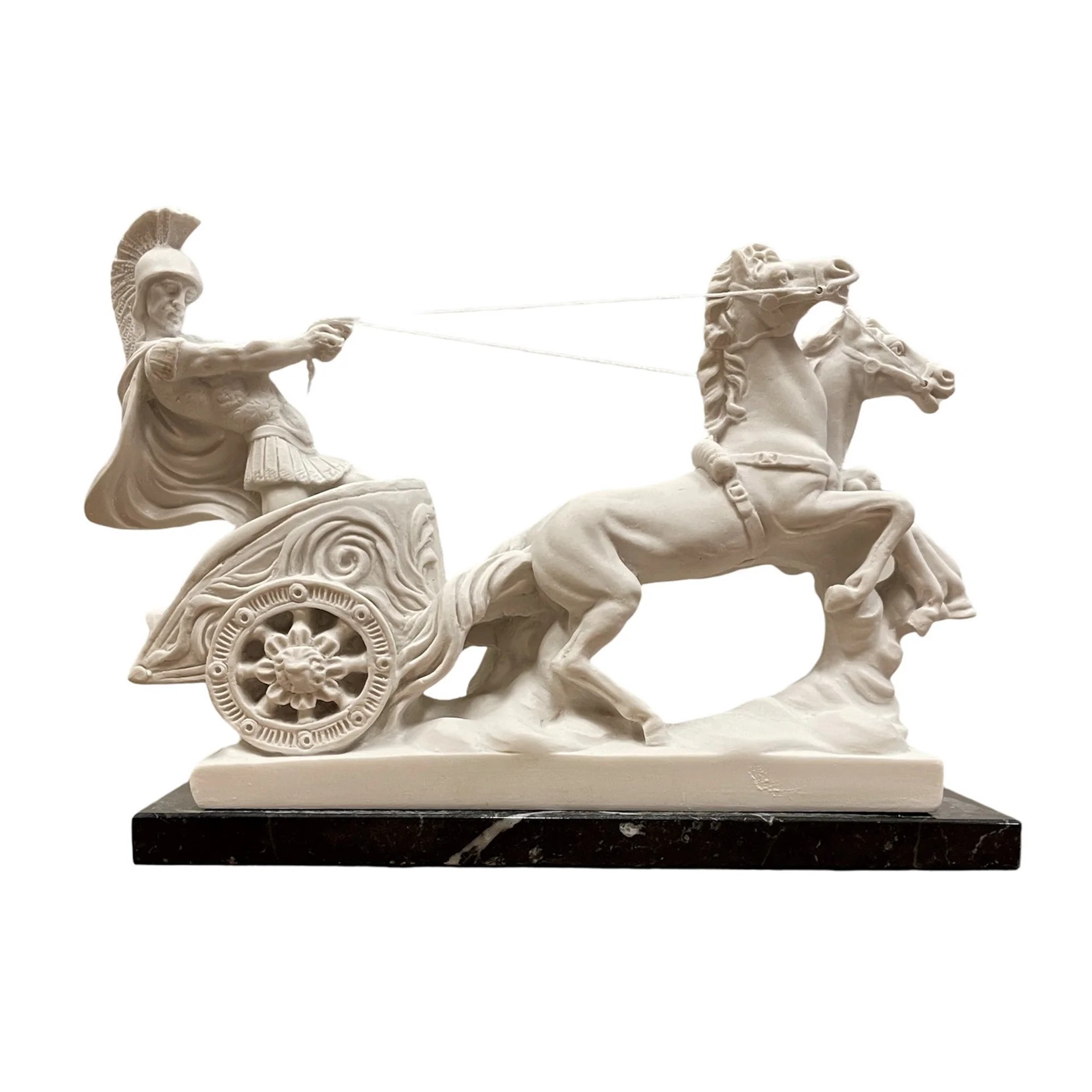
Celebrate the grandeur of classical antiquity with our Ancient Roman Chariot Sculpture, intricately carved from premium-grade pure white marble. Inspired by the glorious Roman Empire, this sculpture reflects the strength, speed, and artistry of the Roman chariot – a powerful symbol of victory, honor, and imperial tradition.
This exquisite ancient Roman chariot sculpture, meticulously carved from pristine white marble, offers a captivating window into the power, artistry, and engineering prowess of the Roman Empire. Every curve and contour of this magnificent piece speaks to the rich history and cultural significance of one of Rome's most iconic symbols.
Crafted from the finest white marble, renowned for its luminous quality and ability to capture intricate detail, this sculpture embodies classical Roman artistry. The natural veining and crystalline structure of the marble are skillfully utilized, enhancing the sense of movement and form. The surface, likely polished to a smooth finish, would shimmer under light, highlighting the sculptor's mastery in bringing cold stone to life.
The sculpture depicts a two-wheeled chariot, typical of those used for racing in the Circus Maximus or for triumphal processions. The central focus is the chariot itself, a dynamic representation of speed and strength.
The Chariot Body (Carpentum): The main body of the chariot is elegantly rendered, showing the lightweight yet robust construction. Details such as the slight curve of the front panel, designed to deflect air, and the sturdy side rails are precisely carved. The interior, though implied, suggests the compact space for the charioteer.
Wheels: The large, spoked wheels are a testament to Roman engineering. Each spoke is individually defined, conveying the intricate structure that allowed for both speed and durability on the ancient tracks. The rim of the wheel is subtly textured, hinting at the iron bands that would have reinforced the wooden originals.
Harness and Pole: The pole extending from the front of the chariot, to which the horses would have been attached, is accurately depicted. Subtle depressions and carvings suggest the elaborate leather harness and fittings that would have secured the powerful steeds.
Figural Elements (Optional but Common): While the chariot itself is the star, many such sculptures include a dramatic portrayal of the horses and, occasionally, the charioteer.
Horses: If present, the horses would be depicted in full stride, muscles rippling, manes and tails flowing as if caught in a moment of intense motion. Their powerful legs would be rendered with anatomical precision, conveying their raw strength and spirit.
Charioteer: A charioteer, cloaked in flowing robes that accentuate movement, would typically be shown leaning forward, reins in hand, their face a mask of concentration and determination. This figure adds a human element to the power of the animals and machine.
The sculpture adheres to the classical Roman aesthetic, prioritizing realism, strength, and idealized forms. It is not merely a depiction but a celebration of Roman values: speed, conquest, glory, and the pursuit of excellence. The white marble evokes purity and timelessness, ensuring that this monumental symbol retains its majestic presence through the ages.
Visit RISHAB STONE today to explore a world of possibilities in Granite, Marble, Tiles, Stones, Quartz and Sculptures. Let us be your trusted partner in turning your design dreams into reality!
Rishab Stone has established its presence in Mumbai, Thane, Navi Mumbai, Chandighar, Indore, Udaipur & lucknow. Whether you are working on residential or commercial projects, Rishab Stone is your trusted partner for all your natural stone requirements.

